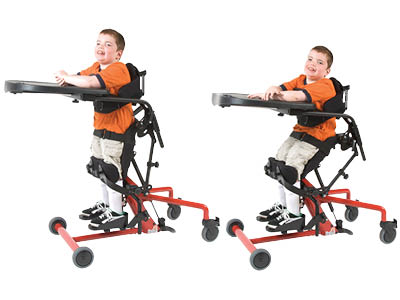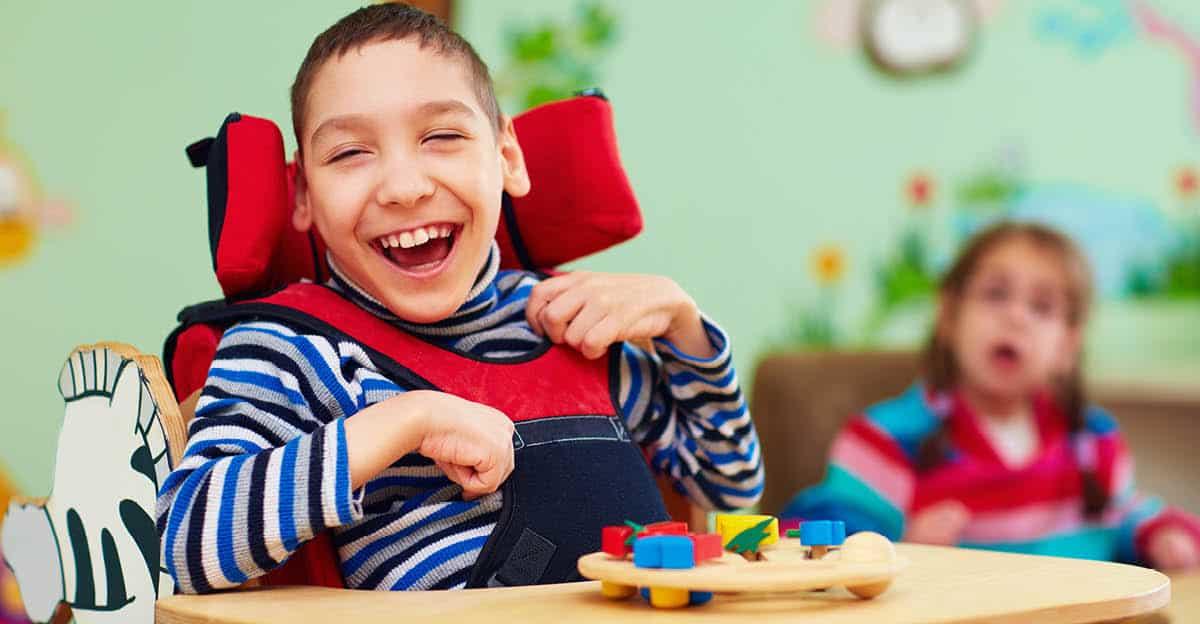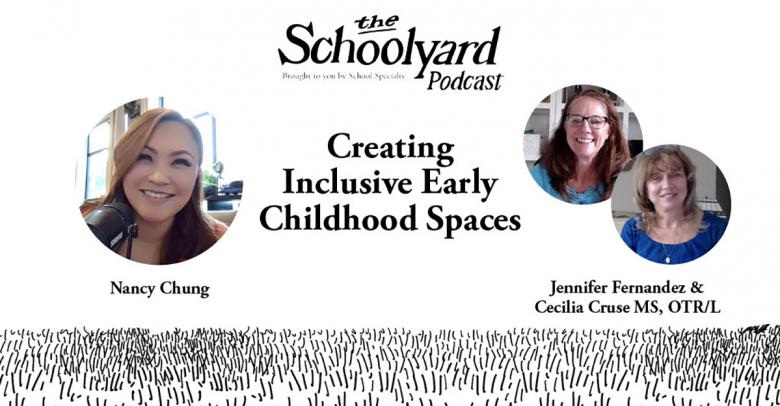After decades of basic chalk and talk classrooms (desks in a row facing the chalkboard) new concepts like flexible seating options, collaborative learning spaces, and other concepts are being embraced as part of 21st century classrooms and schools. Read more about the health benefits of alternative positioning solutions for students with special needs.
Flexible Seating Options for Students with Special Needs
 For children with special needs, especially those with more severe motor and cognitive impairments, this flexibility is imperative. Alternate positioning is a crucial component in helping these students to stay healthy and engaged learners.
For children with special needs, especially those with more severe motor and cognitive impairments, this flexibility is imperative. Alternate positioning is a crucial component in helping these students to stay healthy and engaged learners.
The Health Benefits of Standers
- Standing helps build posture muscles and core strength needed for trunk stability and independent movement.
- Standing helps build/maintain bone density. Weight input is the key here. In sitting or lying positions there is little to no weight bearing to the body. Reduction in bone density can lead to more incidents of fractures and/or breaks. Standers can help position students into a partial or full upright position with assistance to allow for some intervals of weight bearing which can help maintain or even increase bone density.
- Standing can help with bowel and bladder function. Gravity helps the body with eliminating waste and standing helps the GI digestive tract to work more efficiently so reducing constipation. Upright standing allows for more optimal emptying of the bladder so reducing the possible incidence of a repeated UTI’s or Urinary Tract Infections.
- Standing can help with cardiopulmonary function. Lungs can inflate more fully and the heart gets a bit more of a workout pumping the blood against gravity through the body.
Other Alternate Positioning Concepts
- Besides using a stander, getting children out of wheelchairs into alternate options can help reduce the risk of pressure sores from prolonged sitting.
- The creative use of Rolls and Wedges to position a student on the floor during floor time activities like circle time or independent work/study periods should be incorporated into the daily classroom routine.
- For flexible seating options consider the use of Floor Sitters which support inclusive positioning for circle time and mealtime events.
- Benches that are height and tilt adjustable can play a key role in building endurance and trunk/core stability needed for more long term independent sitting.
- Bolster chairs can be an option for students with excess flexor tone in the legs and/or poor head/trunk control that need also need a stable work surface.
As with all positioning and mobility concepts, Physical and Occupational Therapists must play a key role in the IEP team planning for determining the best solutions. Aligning classroom activities with each student’s individual alternate positioning equipment and scheduled use can ensure an inclusive and successful outcome.
Shop All Positioning and Mobility Solutions
Cecilia Cruse
Cecilia Cruse, MS, OTR/L has a BS degree in Occupational Therapy from the University of Florida, and her Master’s degree in Education from Georgia State University. She is SIPT certified and has over 25 years’ experience in pediatrics with school-based services, acute care, and outpatient pediatric settings.
Read more posts by Cecilia Cruse–>







Leave a Reply